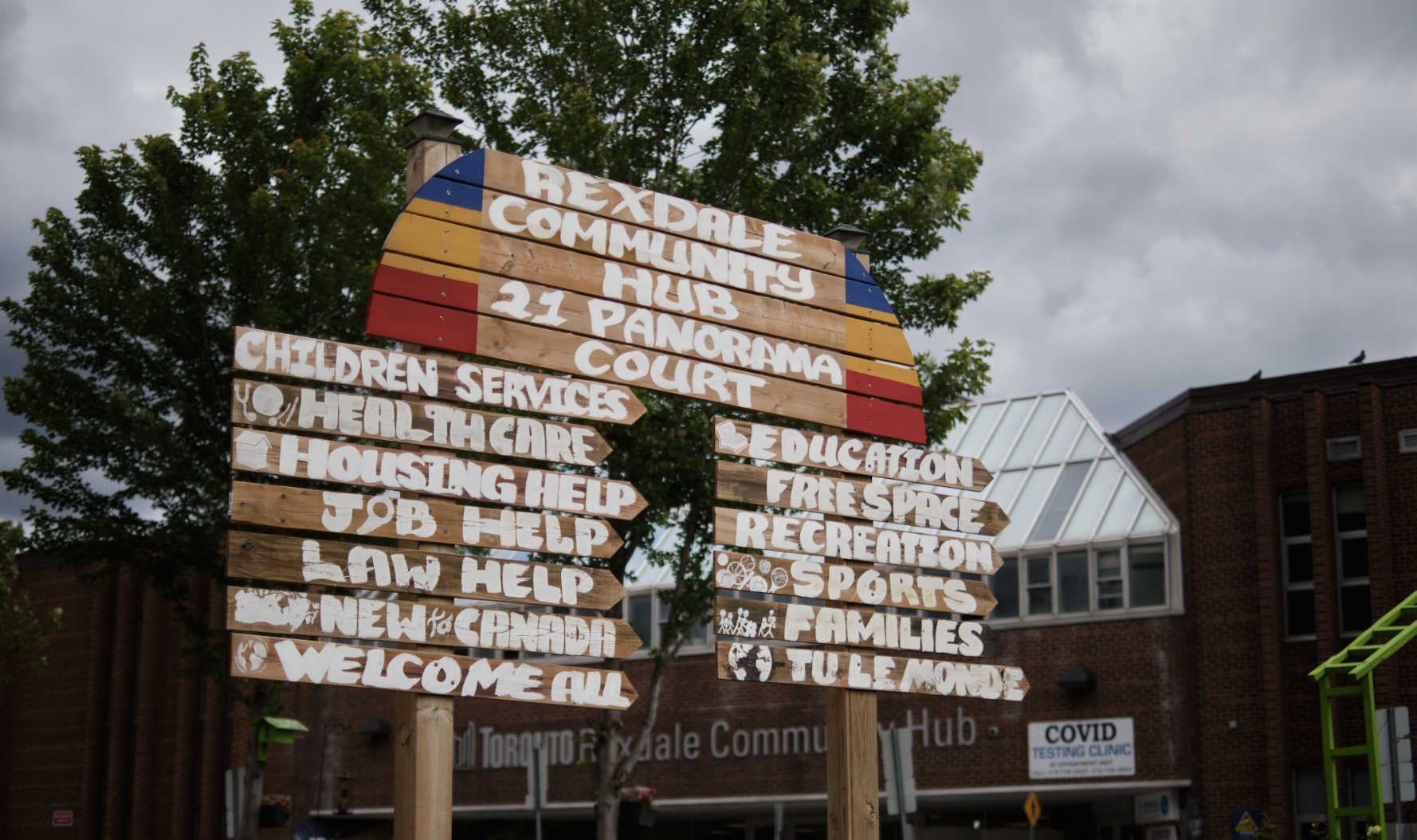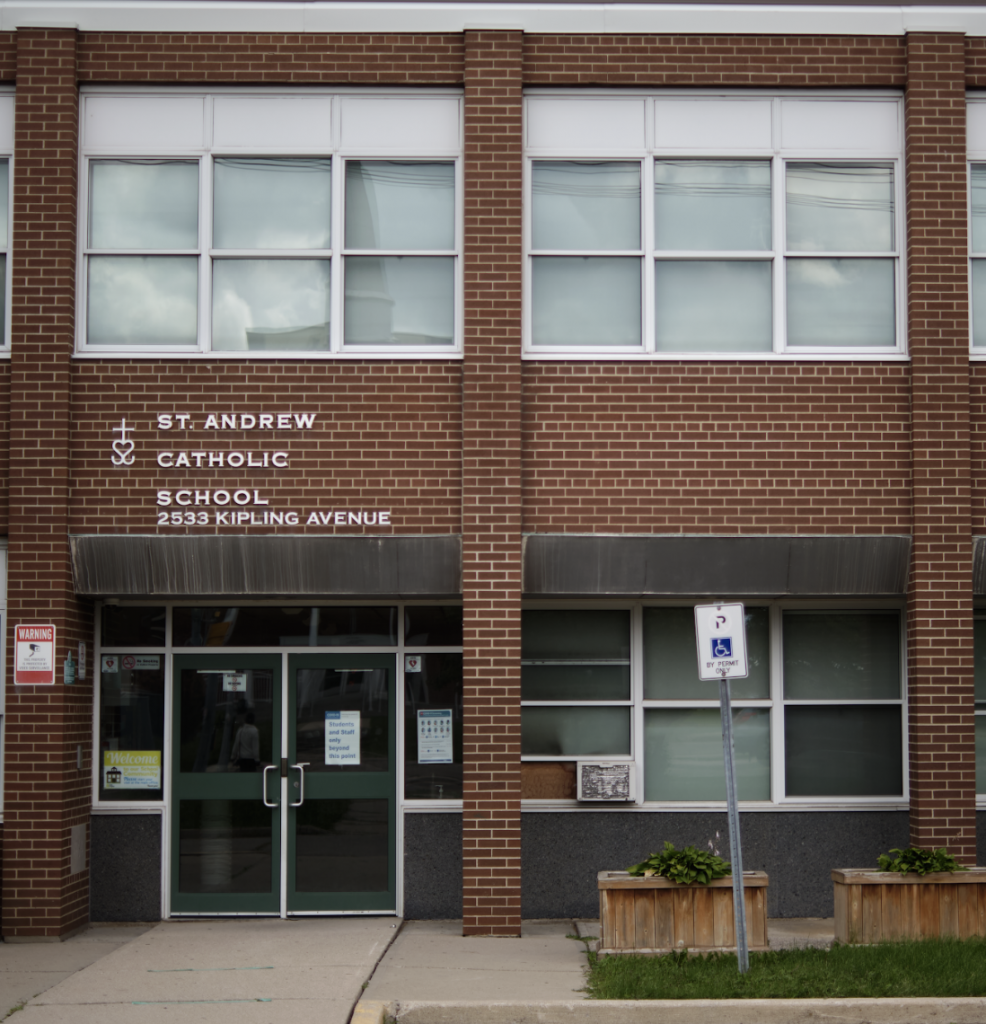Neighbourhood Services and Amenities
Residents want to be informed of and have access to a variety of high quality local services and amenities.

Neighbourhood Services and Amenities
Residents want to be informed of and have access to a variety of high quality local services and amenities.
Residents want to be informed of and have access to a variety of high quality local services and amenities.
Key points:
- Local amenities and recreational opportunities are associated with improved individual outcomes, and this is reflected in our results.
- School quality and parks & green spaces are key causes of neighbourhood attractiveness in our survey experiment.
- Immigrants and racialized persons were less aware of nearby local services, even though they are often among key populations targeted by these services.
- Mutual support among neighbours increases knowledge of local amenities.
- Respondents valued health care services and places of worship, but did not necessarily prioritise their location in their residential neighbourhoods.
- Interviewees expressed willingness to travel to visit family doctors, but a preference for local walk-in clinics, mental health supports, and youth services.
Local amenities and services are often very valuable to residents in our study areas. This is not surprising, given their value to neighbourhood health. A number of studies have shown that the quality of local amenities and recreational sites has a direct connection to individual outcomes such as health behaviours, mental health status and obesity (Altschuler, Somkin and Adler, 2004). Access to parks and recreation facilities in particular plays a clear role in preventing chronic health conditions and reducing physical decline in older adults (Besenyi et al., 2014; Ranchod et al., 2014). In line with this past research, we found that parks and green spaces were significant causes of increased neighbourhood attractiveness, even when set against factors like safety, commuting, and schools. School quality also stood out amongst all amenities. Neighbourhoods with high-quality schools were significantly more attractive than neighbourhoods with low quality schools, controlling for other amenities or neighbourhood attributes, and this effect was among the strongest the experiment revealed.
Awareness of local amenities and services differs significantly among residents
The survey also revealed significant differences among respondents in terms of their knowledge of local amenities and services. Residents born outside of Canada and racialized respondents in particular tended to list fewer total amenities or services in their neighbourhoods compared to Canadian-born and white residents, even when they lived nearby each other. Residents who felt that their neighbours “kept to themselves” also tended to list fewer local amenities and services compared to those who described their neighbourhood as one where neighbours “look out for each other.” This trend may suggest that residents who live in neighbourhoods with fewer interactions with their neighbours are less likely to be informed of and utilise neighbourhood amenities. Interviews also showed the challenges newcomers face in learning about available services. Many remarked that they did not know how to get information or had difficulties accessing services such as classes and recreational opportunities. Sometimes, internet and computer access were the primary issues. Other barriers included language as well knowledge about where to look for resources: “I’m very unaware of some of these services, I don’t know where to go.” These results point to the importance of amenities and services in sustaining community trust, as well as the challenges in informing newcomers about available local services.
Additionally, it is worth noting that services such as healthcare and places of worship were not principal determinants of neighbourhood attractiveness according to the conjoint experiment. This does not necessarily mean these services are unimportant to residents, far from it. Rather, it indicates that when imagining their ideal neighbourhood, the presence of those amenities is outweighed by factors such as safety and commute time. Residents may also value access to health care or places of worship, but in some cases not consider them important for them to be located close to their residence.

There are some free recreation centres out there but I don't know how to get into that. People with good Internet connection and good computer can login first and they can get it.




